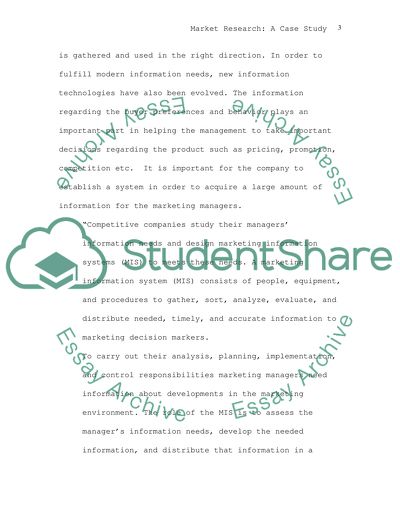Cite this document
(“Modern Information Needs In Marketing Case Study”, n.d.)
Modern Information Needs In Marketing Case Study. Retrieved from https://studentshare.org/marketing/1516962-marketing-research-degree-essay
Modern Information Needs In Marketing Case Study. Retrieved from https://studentshare.org/marketing/1516962-marketing-research-degree-essay
(Modern Information Needs In Marketing Case Study)
Modern Information Needs In Marketing Case Study. https://studentshare.org/marketing/1516962-marketing-research-degree-essay.
Modern Information Needs In Marketing Case Study. https://studentshare.org/marketing/1516962-marketing-research-degree-essay.
“Modern Information Needs In Marketing Case Study”, n.d. https://studentshare.org/marketing/1516962-marketing-research-degree-essay.


